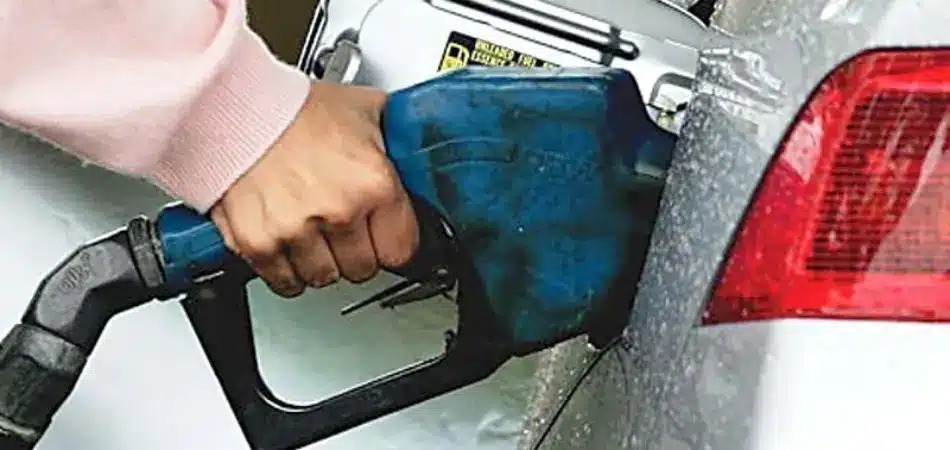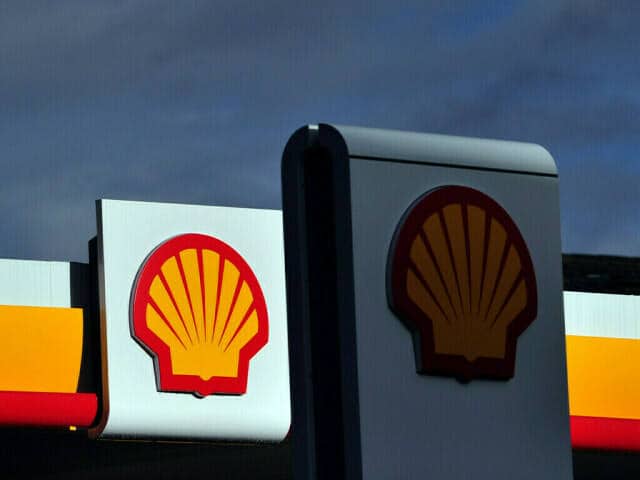The government hikes petrol and diesel prices for the first fortnight of October 2025. The decision follows recommendations by OGRA and relevant ministries.
From October 1, High Speed Diesel (HSD) increases by Rs 4.04 per litre, to Rs 276.81 from Rs 272.77.
Petrol (MS) price rises by Rs 4.07 per litre, to Rs 268.68 from Rs 264.61.
These revised rates will remain in force for the next fortnight.
What Drives the Hike
Fuel price adjustments in Pakistan follow a bi‐fortnightly review, tying local rates to global oil benchmarks, currency fluctuations, and taxation structure.
OGRA submits proposals based on global oil market trends and rupee strength.
The government then reviews and approves or modifies as needed.
In this cycle, rising crude prices globally and exchange rate pressures pushed the proposed upward revision.
Authorities choose modest increments to balance revenue needs and public burden.
Impact on Consumers & Businesses
The hike directly affects transport, logistics, and daily commuting costs. Fuel being a core input, its rise ripples into pricing of goods.
Truckers and public transport operators may pass additional costs onto consumers.
Agricultural machinery and generators powered by diesel will also experience higher operating expenses.
Low- and middle-income households will feel pressure in terms of food, utilities, and travel budgets.
Some small businesses relying on delivery services may scale back operations or adjust pricing.
Comparison & Trend
This is not the first hike in recent months. Pakistan has witnessed multiple successive fuel price increases.
In mid-July 2025, petrol jumped by Rs 5.36 per litre and HSD by Rs 11.37 per litre.
Each hike has added to inflationary pressures across sectors.
Despite zero general sales tax (GST) on petroleum, the government imposes multiple levies—PDL (Petroleum Development Levy), climate support, customs duties—which inflate final prices.
Government & Industry Reactions
Finance authorities defended the hike, saying Pakistan must align fuel rates with global realities to maintain energy sector stability.
They warned that underpricing fuel could deepen fiscal deficits and subsidy burdens.
Fuel retailers and oil marketing companies generally accepted the increase, citing cost escalation in import, refining, and logistics.
However, critics argue the increment must be smaller or phased to protect vulnerable populations.
Some opposition parties and civil society groups expect protests or public pressure to force rollback or relief measures.
Outlook & Risks Ahead
If global oil prices rise further or the rupee weakens, Pakistan may face additional hikes soon.
Frequent adjustments may undermine business planning and consumer confidence.
Sectors sensitive to fuel cost—transport, agriculture, FMCG—face heightened volatility.
The government must weigh revenue gains against inflation spillovers and social backlash.
If inflation accelerates, the central bank may need tighter monetary policy or interest rate adjustments.
What Consumers & Businesses Can Do
Track fuel cost impact on budgets and adjust usage where possible.
Carpooling, optimizing delivery routes, and fewer idle times may mitigate added expense.
Businesses should hedge fuel-dependent cost spikes, renegotiate logistics contracts, or pass costs to end users cautiously.
Consumers should anticipate increases in public transport, goods prices, and service fees.
Stay updated through official notices for further fuel rate shifts.
Conclusion
Pakistan’s government hikes petrol and diesel prices again starting October 1, 2025, increasing HSD by Rs 4.04 and petrol by Rs 4.07 per litre.
The move reflects external cost pressures and the government’s need for revenue alignment.
While necessary for fiscal balance, the hike will squeeze household budgets and business margins.
How the economy responds—via inflation, consumer demand, and further policy—will test the government’s balancing act.







